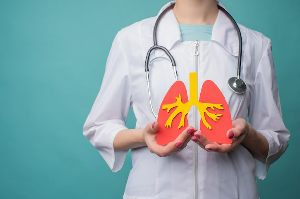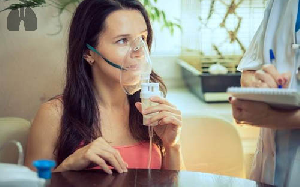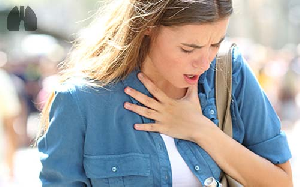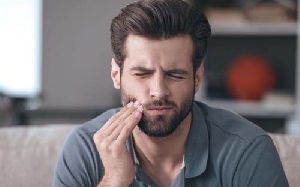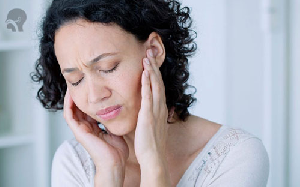
COVID-19 pneumonia is a viral infection, high altitude pulmonary oedema (HAPE) is a non-cardiogenic oedema. Some clinicians have found the clinical features similar: it is important to clarify such misconception to prevent erroneous treatment strategies.
Comment
COVID-19 pandemic is overwhelming the health care system worldwide. There is no evidence from randomised clinical trials that any potential therapy improves outcomes in COVID-19 pneumonia, and therapeutic strategies have been based on a progressively increasing knowledge of the clinical presentation of the disease. Some clinicians have found the clinical features of COVID-19 pneumonia to be similar to high altitude pulmonary oedema (HAPE) , and such theory has been amplified via social media. We question this relationship.
COVID-19 pneumonia shows diffuse alveolar damage and airway inflammation reflecting a true virus-related pathology, as shown by the first report of pathologic findings from autopsies in COVID-19 decedents published at the beginning of April. Since the end of February 2020, as clinicians from northern Italy and other European countries, we have faced to manage several hundreds of critically ill patients, similarly to other collegues . Most of patients with COVID-19 pneumonia who require hospitalisation and intensive care meet the acute respiratory distress syndrome (ARDS) criteria specified in the Berlin definition, but with an unusual clinical manifestation. Hypoxaemia is the main characteristic of all patients with COVID-19 pneumonia and ARDS, but some patients run an unusual course of the disease and show specific abnormalities on chest imaging. These patients show a dissociation between relatively well-preserved lung mechanics and the severity of hypoxaemia. In contrast to classic ARDS, lung volume and dead space in COVID-19 patients are often normal, consolidations absent and pulmonary and chest wall elastance preserved, but a severe capillary leak dominates the initial phase. Whether this severe leak is secondary to virus-triggered inflammation endothelial cell injury, or direct virus-induced cell destruction, is the subject of ongoing trials. Gattinoni and colleagues have hypothesised two different phenotypes of COVID-19 pemumonia : a phenotype L characterised by low elastance, low recruitability, low response to PEEP and low ventilation/perfusion matching, and a phenotype H (similar to classic ARDS) with high elastance, higher shunt, high recruitability and higher PEEP response. Despite the assumption that patients may progress from phenotype L to phenotype H over time, and that this evolution could be disease- and/or therapy-driven, further evidence is needed to prove this hypothesis.
The assumption that the clinical feature of COVID-19 pneumonia is similar to HAPE may rely on the initial clinical presentation of COVID-19 patients showing profound hypoxaemia with no respiratory distress, similar to patients with acute high altitude disease that have a chemoreceptor dysfunction. HAPE is a non-cardiogenic pulmonary oedema caused by exaggerated hypoxic pulmonary vasoconstriction and abnormally high pulmonary-artery pressure and capillary pressure . These high pressures lead to a non-inflammatory and haemorrhagic alveolar capillary leak in the earlier stages of the disease . Over time haemorrhagic alveolar capillary leak may evoke a secondary inflammatory response also in HAPE patients . The pathogenesis of the two diseases (HAPE and COVID-19 pneumonia) is clearly different, despite similarities in clinical features, chest imaging and bronco-alveolar lavage findings in later stages, as has recently been emphasised by Luks and collegues . Due to the different pathogenesis, adoption of prevention and treatment strategies from HAPE for the treatment of patients with COVID-19 pneumonia could lead to potential pitfalls. Patients with COVID-19 pneumonia often requires intensive care, whereas HAPE is a life-threatening condition that almost never needs intensive care, as it can be reversed by oxygen administration, exposure to a relative hyperbaric environment or transfer to lower altitude . The use of supplemental oxygen in COVID-19 pneumonia does not counteract the underlying pathogenic mechanisms in the way it does in HAPE , but only increases oxygen availability. Systemic pulmonary vasodilators such as nifedipine and phosphodiesterase-5 inhibitors could critically worsen ventilation-perfusion mismatch or cause hypotension in COVID-19 patients, where there is no hypoxic pulmonary vasoconstriction like in HAPE but a dysregulation of lung perfusion and impaired hypoxic vasoconstriction. Despite its established role in prevention and treatment of HAPE , corticosteroid use in COVID-19 pneumonia is still under debate in the scientific community and currently not advised by the World Health Organisation (WHO).
We consider it important to clarify such misconception in order to prevent the spreading of erroneous treatment strategies when caring for COVID-19 patients. COVID-19 disease has been reported to affect high altitude areas 11, and interestingly the spread of the disease in certain areas of northern Italy has started from touristic villages in mountainous areas. This does not implicate any coincidence between both diseases. Clinicians should focus on the development of therapeutic strategies based on the pathogenesis of the disease, and should remember that COVID-19 pneumonia is a viral infection primarily leading to a diffuse alveolar damage and airway inflammation.
Footnotes
-
Conflict of interest: None
-
Conflict of interest: Dr. Hilty has nothing to disclose.
-
Conflict of interest: Dr. BOUZAT has nothing to disclose.
-
Conflict of interest: Dr. Pratali has nothing to disclose.
-
Conflict of interest: Dr. Brugger reports personal fees from Eurac research, outside the submitted work;.
-
Conflict of interest: Dr. RAUCH has nothing to disclose.
- Received April 23, 2020.
- Accepted April 27, 2020.
- Copyright ©ERS 2020






